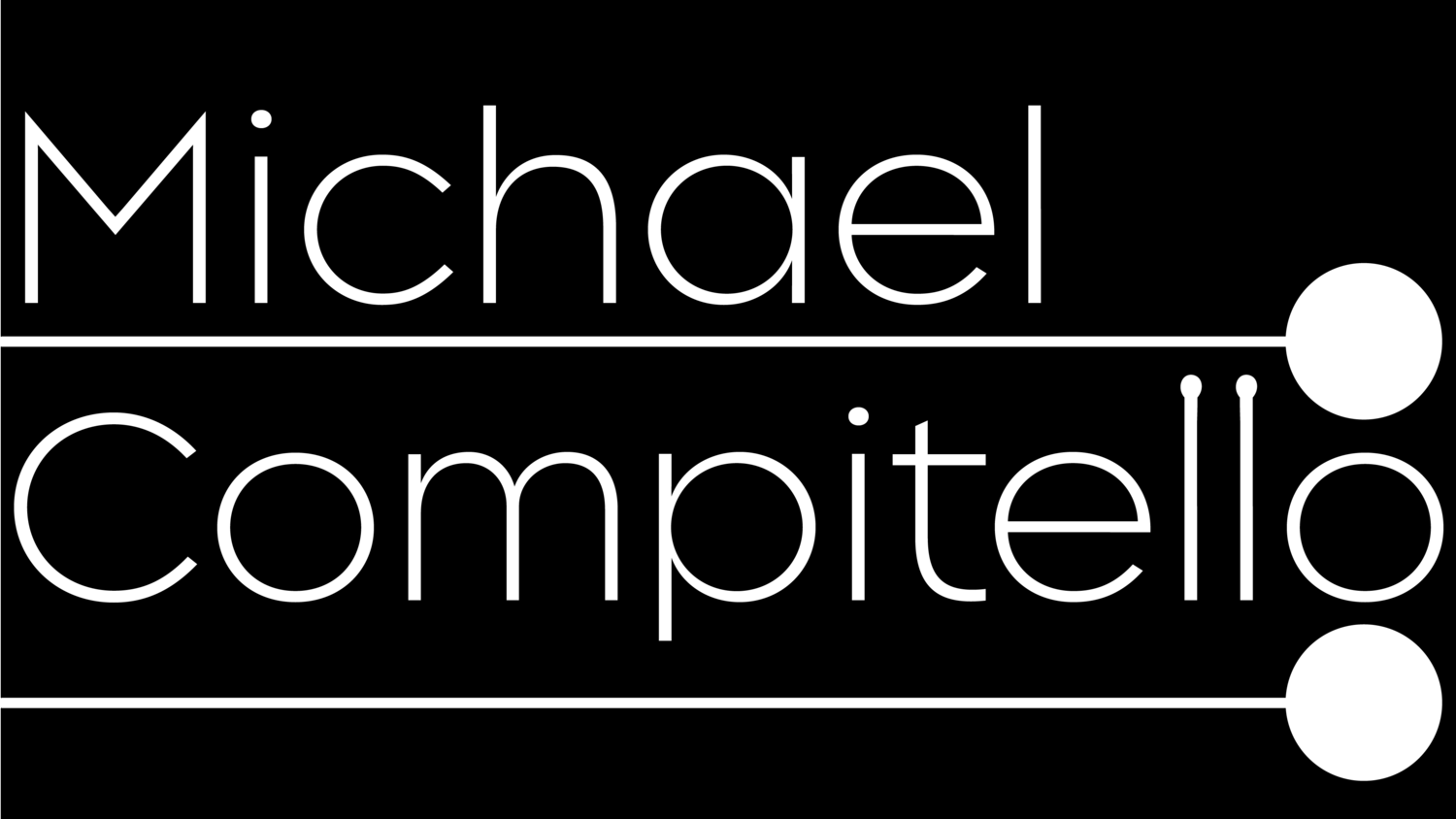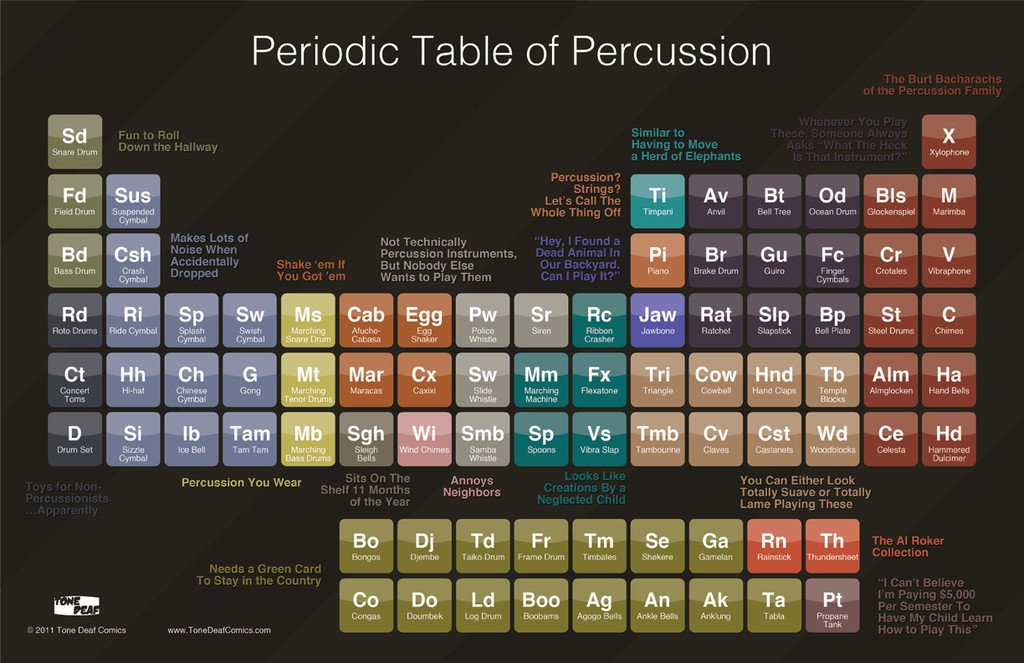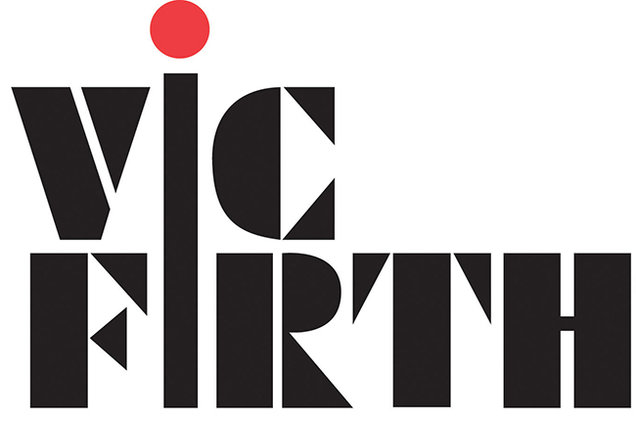Welcome!
I am a percussionist, music-lover, chamber musician, teacher, curator, writer, and life-long learner.
I’ve moved most frequent updates to my two newsletters:
Older news below:

NEWS
Unsnared Drum Update
As you might remember, I'm embarking on a commissioning and recording project with the goal of changing how people think about the snare drum. After the premiere of her wonderfully creative Heart.Throb last month in Lawrence, I sat down with Nina Young to talk about how she approached writing for the snare drum. I'm looking forward to recording her piece soon, but in the meantime, you can watch some of our conversation, which quickly devolved into an extended improvisation on her Marvin.
Unsnared Drum Update: Amy Kirsten's "Screenplay"
Really excited that Second Inversion has published an Unsnared Drum update: a look inside Amy Kirsten’s process and a summary of our work together so far.
Click over to their site for the full article!
Start
I’ve been having fun digging into Hannah Lash’s Start, her contribution to Unsnared Drum. Here’s the opening:
The piece uses a kind of developing variation, with different rhythmic patterns highlighted by timbral shifts using different techniques, sticks, and beating spots. Like a lot of Hannah’s music, Start is full of energy and incessant forward motion.
Last summer, Hannah and I brainstormed some ideas. Cameras in the throat! Speech rhythms! New notational paradigms!
As you might have noticed, her completed piece includes none of these, but it does include a lot of Hannah’s experiences with her drum. I sent her a drum and the people at Vic Firth provided a set of mallets and sticks. It turns out that being a phenomenal harpist is the perfect preparation for tuning snare drums and for developing the kind of control we percussionists covet.
A Facetime-based tuning session…
I’m going to premiere Start on my faculty November 4th here at KU. Come out, or tune into the live stream!
Towards a Taxonomic Method Book
Unsnared Drum is on my horizon. I asked four composers whose music I find riveting to write for an instrument with a reputation of Keanu Reeves-esque monotony with the hope of redefining how we talk about, play, and listen to the snare drum. Over the next months, I hope to reflect a bit on ways in which the snare drum has rather surprisingly formed a part of my artistic practice.
What better way to begin than by discussing technical exercises and method books?
Since arriving at the University of Kansas in 2015, I’ve seen my students struggle with finding flow, that fantastic state of productivity at the intersection of challenge and relaxation, in their practice. In particular, they seem to lose that timelessness of flow when isolating and addressing technical deficiencies. Me too! (For more info about flow, I recommend Astrid Baumgardner's numerous blog posts on the subject, as well as the original text by Mihalyi Csikszentmihalyi)
Maybe this issue could be related to one of my teacher Robert van Sice’s central tenets, that technical development is best approached through repertoire. It’s more cost-effective to see what tools you need and buy them one at a time then to splurge on a gigantic tool set and discover years later that you didn’t need 41 gear pullers. I’d always followed the time honored tradition of scribbling exercises for students on the backs of Rolling in Rhythm or in the top left margin of the first etude in Portraits in Rhythm—I still have what Keith Aleo wrote in mine!—but these tended towards nuggets which students had to expand on their own.
Maybe I could find a text of technical exercises, based on the skills required in my repertoire, flexible enough to pique the interest of all types of learners. Maybe this project could also weaponize my hoarder instinct towards percussion method books.
That’s why I curated my own snare drum method survey.
It’s based heavily (very Very VERY heavily!) on Christopher Lamb’s work. Lamb’s survey takes us through a comprehensive practice routine. He suggests exercises from a variety of seminal American and French texts, and indicates the purpose of each exercise. It’s fantastic, and served me for many years.
My needs were a little bit different. I wanted mine to expose my students to more seminal texts in our pedagogical literature, but to shift the focus towards skills required in chamber music and away from symphonic repertoire (soft playing, extreme timbral flexibility, a general lightness and melodicism). I wanted the ability to have many exercises which articulated in different manners ways of developing similar technical and musical skills. I wanted to be able try an example with a student, and easily find a parallel exercise if the original didn’t resonate.
I wanted to take a variety of lenses to what I consider to be the principal difficulty in playing percussion: creating musical character and inflection on an attack dominated instrument. And, I wanted it to be more accessible than dragging 20 books around.
In essence, I wanted a taxonomy—a method of identifying species and categories of exercises based on shared characteristics—and not a practice routine. Ideally, this text would allow an astute percussionist to observe difficulties in repertoire and easily juxtapose species of similar exercises to buttress their learning.
I made my first version in 2015, and am just completing a new edition for 2018.
The organizational threads are the basic motions we undertake as percussionists.
Lamb's chapters correspond to techniques. I took these headings (genera) and reclassified them as types of motions. I broadened the scope of included species of exercises, drew upon more sources, and retooled the organization to be a little more weaponized, with the goal of addressing what I see as some of the most impactful developments to make to our percussion playing:
I. Mind, Torso, Shoulder, Arm, Wrist, Finger et. al.
Harnessing natural rebound by cooperating with a drumhead or playing surface. Our fingers, wrists, and arms can each independently strike percussion instruments. How does it sound when each group works alone? Developing sonic awareness while coordinating overlapping musculature.
II. Rebounds, Forwards and Backwards (Groups of Two)
To me, rebounds occur two ways. In the wild, their performance emphasizes the natural tendency of the 2nd stroke in a pair to be less strong. The hands are relaxed but the rhythm and dynamic of the two notes are uneven. The second, “domesticated,” format artificially enhances the 2nd stroke of a double to generate evenness in volume and rhythm when necessary. By balancing exertion against the drumhead’s powerful natural rebound, percussionists can harness their relaxation and play with directed laziness.
III. Rolls of all Shapes and Sizes (Three or More)
Sustained sound. Building on the symbiosis between our hands and the natural rebound of the drum, we search for a roll with the same sound color and malleability as our normal strokes, without substantial pressure into the head. Single, double, triple, and multiple bounce strokes are juxtaposed and density of roll varies independently of dynamic.
IV. Agréments, Accoutrements
The bountiful grace notes we use on the snare drum remind me of Baroque keyboard or string playing. Here, we develop rhythmic and dynamic control of grace notes through relaxation and constant motion.
V. Beginning to Begin: Etudes, Exercises Recapitulatifs
Playing with inflection and character: short etudes. Suave, timbrally diverse playing is essential.
While this structure mirror’s Lamb’s, my sections veer towards my own learning style. The exhaustiveness of Stick Control and Syncopation is less inspiring to me than the individualistic stylings of Buster Bailey and Guy LeFevre. Similarly, I prioritized exercises which addressed tendencies of my students: strong wrists and lack of finger control, a disconnect between motion and sound, and desire to control rebound rather than harness it.
Of course, there’s a lot to leave out. Some examples:
- Moeller Strokes—I find this easier to explain in person, as an extension of the arm strokes in the first section.
- Triple Strokes with Arm: I use primarily triple stroke based rolls. I see the advantage as two fold. Since each note in the triple stroke is closer to one another in dynamic, I can roll more slowly than with a press roll. At the same time, the arm-based triple stroke (where the wrists and fingers participate less in the roll than the arms) which allow me more independent and gradual control of density and dynamic. Lastly, I find the sound of the triple stroke to be more similar to the timbre of a relaxed single stroke. Hearing this was like catching an earful of an NPR anchor breathing in on-air. Once you hear it, you can’t unhear it.
- More creative practice techniques. In my own practice, I use lots of rhythmic compression, improvisation, deconstruction, and other fun techniques to give me more ownership over material. In lessons, I try to show this to my students, and decided to leave these transformational techniques out of my text.
While Amy, Nina, Tonia, and Hannah’s pieces may not use every frisé and ratamacue in this text, developing and refining my sense of touch and inflection will surely help me prepare for these four new pieces.
Next time, I want to cover how I use this book, both with my own practice and with my students.
I’d love to know what you think! Drop me a line with thoughts about what could be added, subtracted, or otherwise changed.
Unsnared Drum
I’m excited to announce a new project dedicated to pushing the limit what’s possible with the snare drum. Over the next year four of America’s most interesting composers—Nina C. Young, Hannah Lash, Tonia Ko, and Amy Beth Kirsten—will collaborate with me on new works for snare drum solo with or without electronics or video. These four composers will expand the expressive potential of this underutilized instrument through dramatic, sensitive, creative, and multi-media solos. In the process, we will change the way that people think about, listen to, perform, and practice the snare drum.
I love the snare drum. While I perform frequently on myriad percussion instruments, I’ve always (moderately) comfortable playing the snare drum, and the instrument forms a significant part of my playing and teaching. Yet, the snare drum’s identity as a solo instrument is constrained by its history as a militaristic time-keeper. I believe the snare drum is a vast horizon, both an unexplored taxonomy of sounds and a playground for percussionists’ most subtle and refined techniques.
As Amy, Nina, Tonia, Hannah and I work together over the next year, we will shine a light on our collaborative process, we will posting video and audio of our explorations, written reflections of our work together, and all sorts of snare drum related miscellany.
Thanks to Vic Firth, each of the composers will have an assortment of sticks, mallets, and other implements with which to experiment as they write. I’m also grateful for the support of Pearl Drums, whose drums the composers will be exploring over the next year.
Stay Up to Date
This fall, I’m partnering with Second Inversion to showcase some of our workshopping activities. In the meantime, stay up to date here, and through Instagram (#unsnareddrum).







